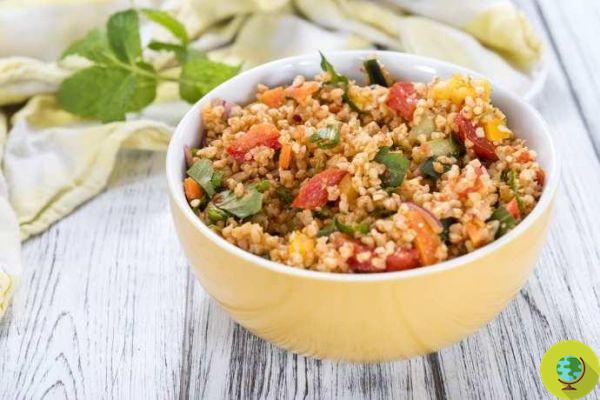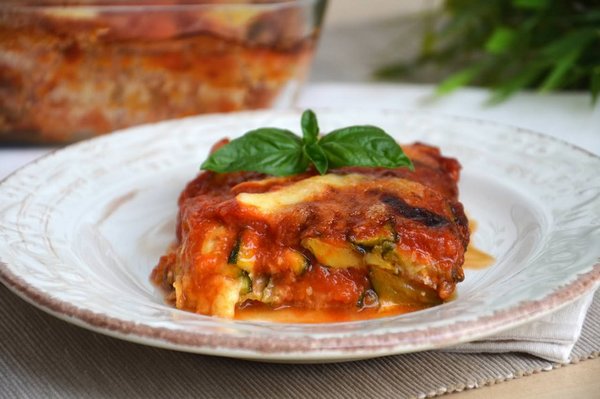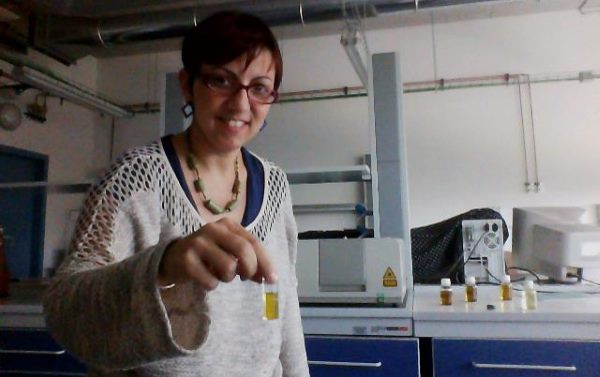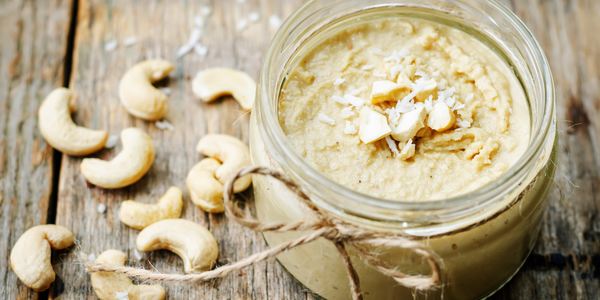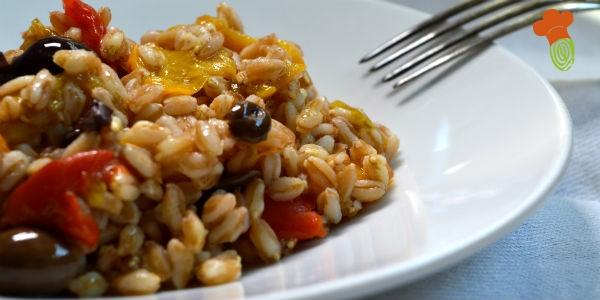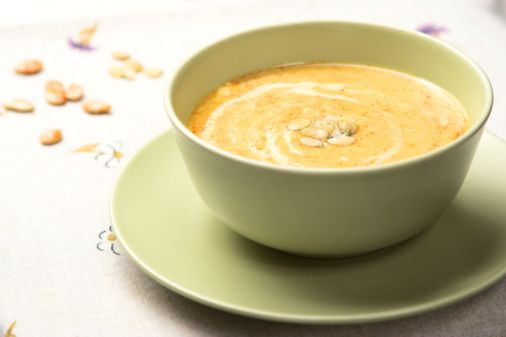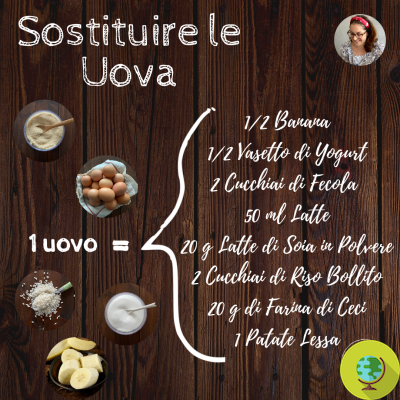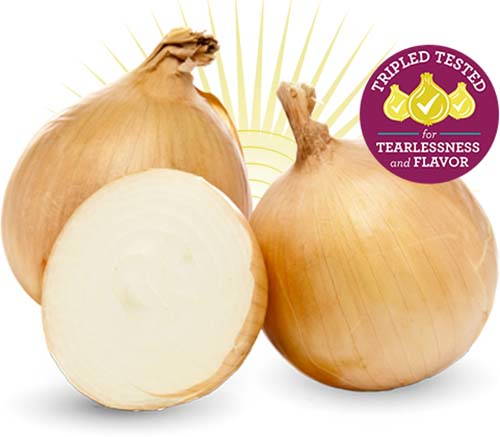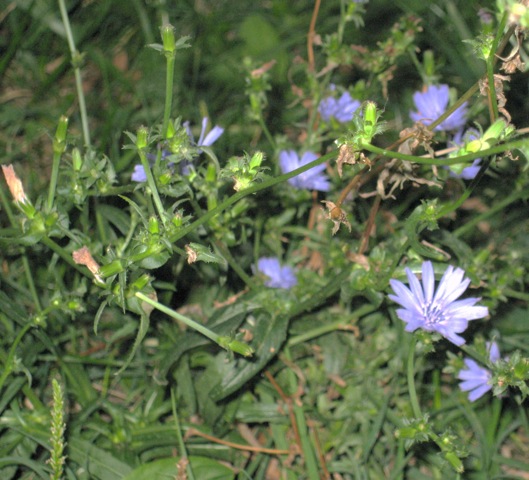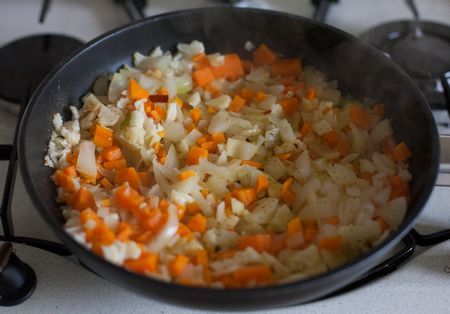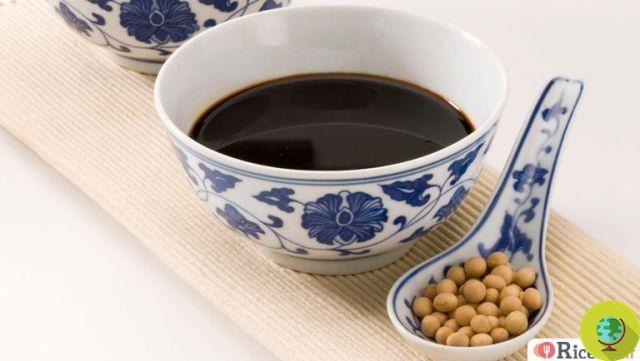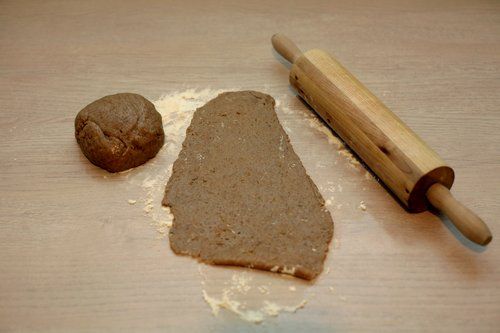Tamarind, what are the beneficial properties and how to best use it to exploit all the benefits of the fruits of this majestic tropical tree.
Don't store avocado like this: it's dangerousTamarind, what are the beneficial properties and how to best use it to exploit all the benefits of the fruits of this majestic tropical tree.
Il tamarind it is the fruit of the homonymous plant Tamarindus indica, a tropical tree native to East Africa, imposing, decorative and long-lived. The flowers, gathered in clusters, are yellow and characterized by delicate red-orange shades. The fruits appear as brown pods containing from 4 to 12 seeds wrapped in a fleshy, juicy and sour pulp.
Let's try to discover together all the beneficial properties, nutritional components and advice on how to use tamarind in the kitchen.
Index
Properties of tamarind

Tamarind is an exotic fruit full of benefits for our health. Its properties make it suitable for intestinal irregularities, infections, loss of salts, diabetes, etc. In particular, here are the main benefits of tamarind:
- Laxative. Laxative properties represent the main activities attributed to tamarind. Those responsible for the laxative effect are the organic acids contained within the pulp, such as tartaric acid and malic acid. In fact, various syrups or jams based on tamarind are sold on the market, recommended in case of constipation.
- Antioxidant. The antioxidant action of tamarind is attributable to the presence of some substances, caffeic and tartaric acid, capable of inhibiting the production of free radicals counteracting their negative effects on the whole organism.
- Hepatoprotector. Several studies have been conducted to analyze the hepatoprotective effect of the pulp and leaves of the tamarind. The results confirmed its ability to suppress lipid peroxidation by exerting a protective and decongestant action on liver cells. This fruit is often used as a herbal remedy to facilitate the emptying of the gallbladder and prevent biliary disorders.
- Refreshing, invigorating and remineralizing. The high content of organic acids and mineral salts provides the tamarind with refreshing and revitalizing properties.
- Antimicrobial. The tamarind extract contains natural compounds (eg lupeol and tamarindin) which have antifungal, antibacterial and antiviral effects. In particular, it has been shown to be active against Klebsiella pneumoniae, Salmonella paratyphi, Bacillus subtilis, Escherichia coli and Staphylococcus aureus.
- Hypocholesterolemic and antidiabetic. Preclinical studies have shown that the administration of the aqueous extract of tamarind can lead to lowering of blood glucose and cholesterol levels.
Nutritional values
Tamarind has an important nutritional profile. The fruit is mainly composed of sugars (57%), water (31%) and fibers (5%). In smaller percentages, other nutrients such as proteins and fats are instead present.
Tamarind is also rich in mineral salts, in particular: potassium, phosphorus, magnesium, sodium, calcium and selenium. The vitamin component is represented by vitamins A, B (B1, B2, B3, B5, B6), C, K, and J.
Phytochemical analyzes have shown that this food represents a good source of phenolic compounds with a remarkable antioxidant power such as flavonoids, catechins, procyanidins B2 and above all tartaric acid (present in a percentage of 12%).
The fruit also contains other plant substances that give the tamarind its phytotherapeutic properties. For example, polysaccharides (hemucelluloses, mucilage and pectins), tannins, volatile terpenes (limonene, geraniol, safrole, etc.) and amino acids (lysine, tryptophan and methionine).
How to use it in cooking and Recipes
Once you have bought the tamarind, in well-stocked ethnic shops or supermarkets, the next step is cleaning. This is quite a simple operation; consists in breaking the outer rind or peel and then extracting the pulp. From the latter then remove the seeds contained.
The taste of tamarind is a mixture of sweet and sour, with aromatic and spicy notes. Precisely for this particular flavor, it is perfect for making sauces, jams or syrups. Here are the recipes.
Tamarind syrup

ingredients:
- 800 gr of tamarind pulp,
- 2 l of water, sugar (equal to double the weight of the liquid obtained after filtering).
Procedure:
Take a saucepan and bring the water to a boil. When it comes to a boil, add the tamarind pulp and let it simmer for about 15 minutes. Turn off the heat, filter and pour the sugar into the liquid. Turn the heat back on and boil for about 30 minutes. Let it cool and finally transfer the syrup obtained into the bottles. You can use it to prepare fresh slushes, drinks (diluting it with water) or ice lollies.
Marmellata with tamarind
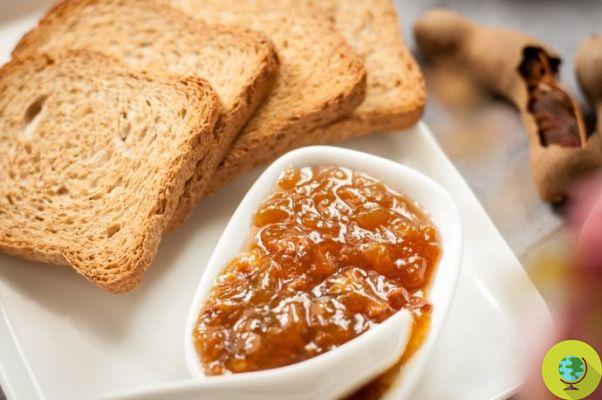
ingredients:
- 500 gr of pulp,
- 1 glass of water
- 150/200 gr of sugar
Procedure:
Combine all the ingredients in a saucepan and cook over low heat for about 30 - 40 minutes. Place the jam in an airtight glass jar. Once cooled, keep it in the refrigerator.
Tamarind sauce
ingredients:
- 250 gr of pulp,
- 100 ml of water,
- 1 teaspoon of sugar,
- 1 teaspoon of salt,
- 1 teaspoon of lemon juice,
- 1 teaspoon of red chili powder e
- 1 teaspoon of freeze-dried garlic.
Procedure:
Extract the pulp from the tamarind pods and transfer it to a saucepan adding all the ingredients listed above. Once everything is mixed, put the saucepan on the fire, always continuing to stir until the sauce has thickened. When it has reached the desired consistency, blend the mixture to remove any lumps. Being a sweet and sour sauce it goes perfectly with boiled rice, fish, roast, chicken with vegetables or to dress salads.
Roberta Petruccini






